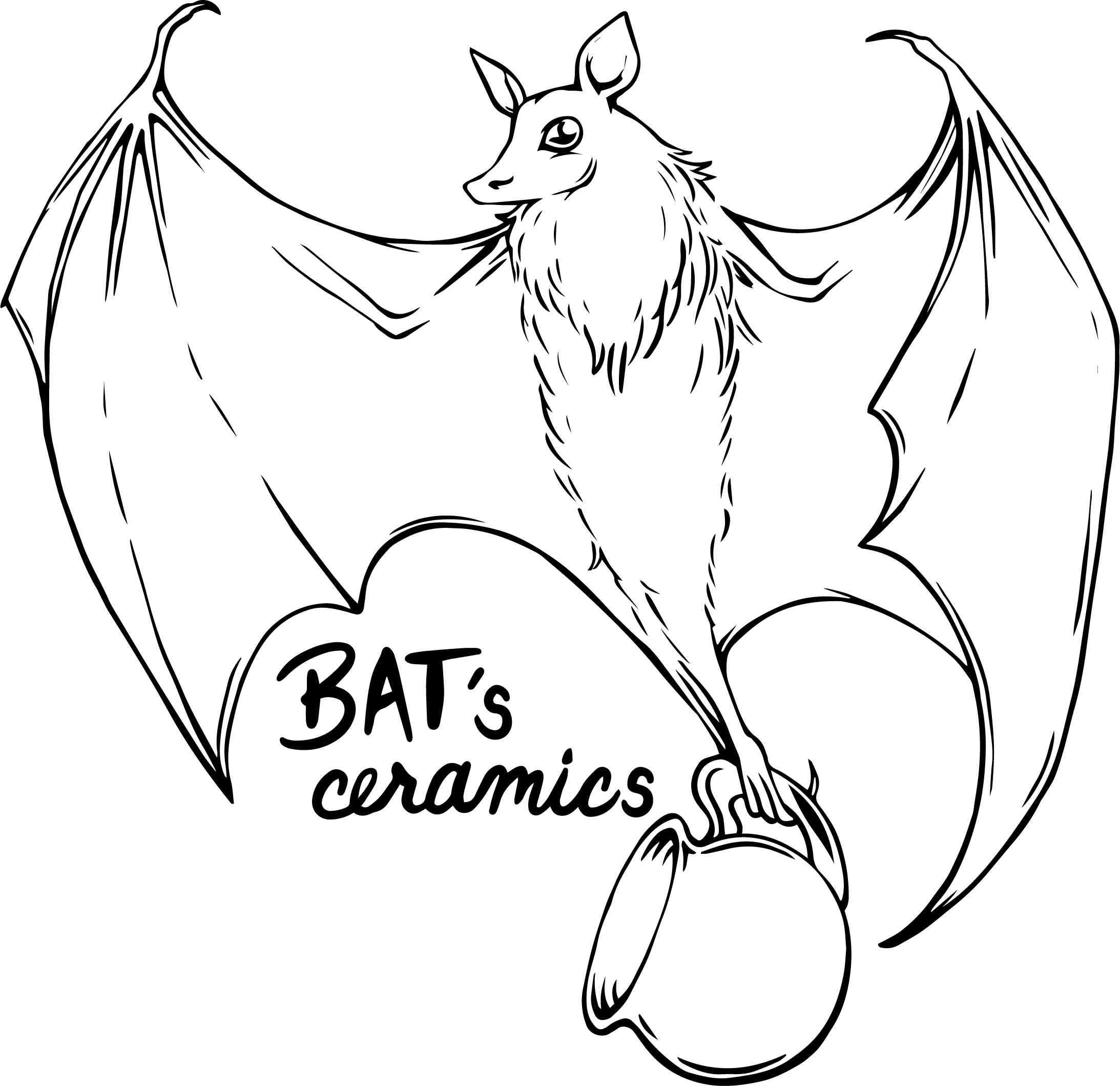FRUIT BATS
January 2021
This collection was inspired by changing my business name to BAT’s Ceramics. BAT is my initials. My whole life I’ve signed my name BAT and felt a bond to the animal. It felt more than right to honor my favorite animal, the fruit bat, by creating a collection of bat mugs.
During the same time, my many orchid plants were in bloom. On the opposite side of each painted bat mug are carved and colorfully glazed orchids.
This collection taught me not to be afraid of painting big, or painting upside down!
I held a mug auction which raised $120, donated to Bat Conservation & Rescue QLD, who provide an efficient and humane service for rescuing, raising, and rehabilitating injured and orphaned bat, and where possible return them to the wild.
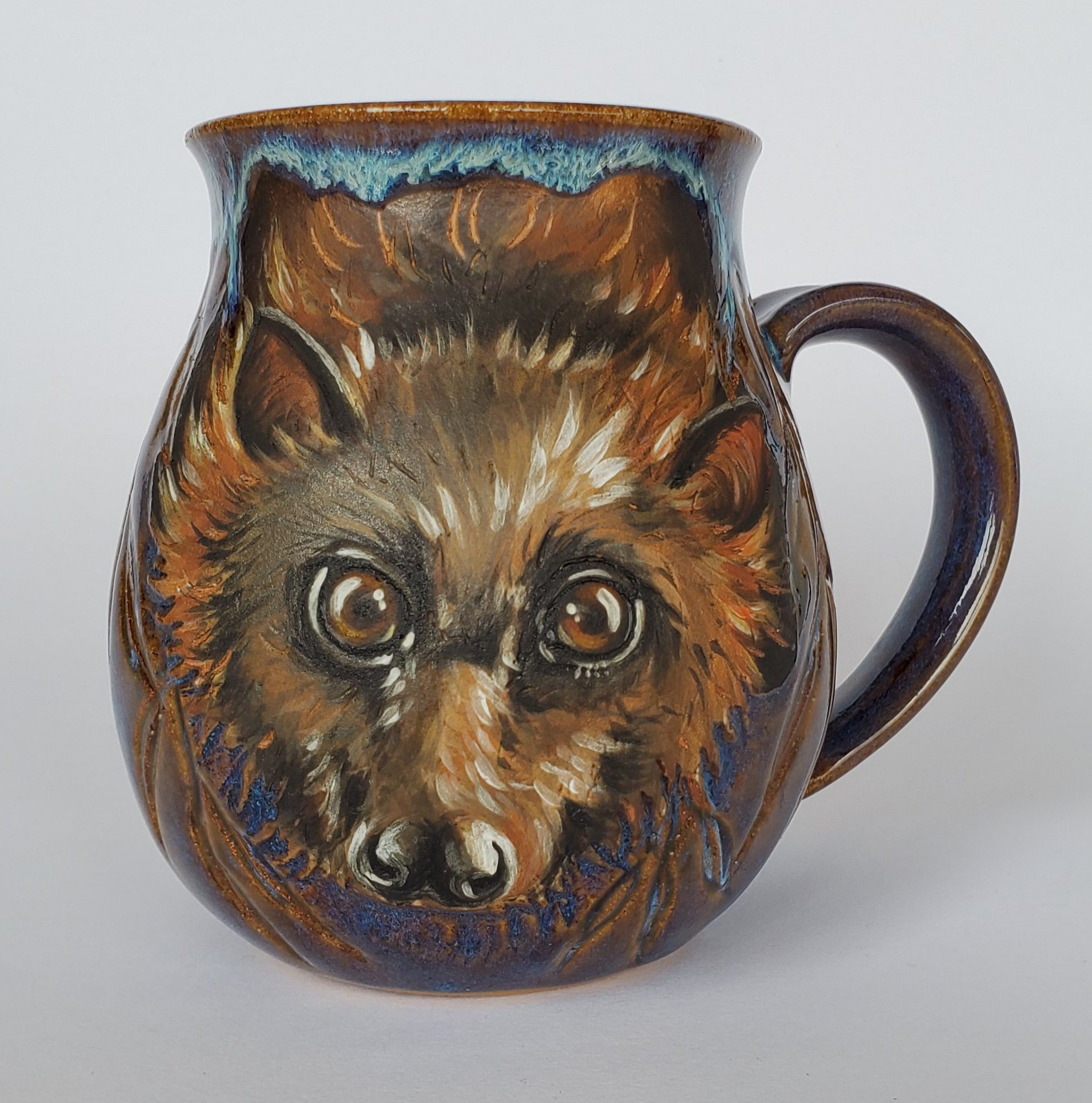
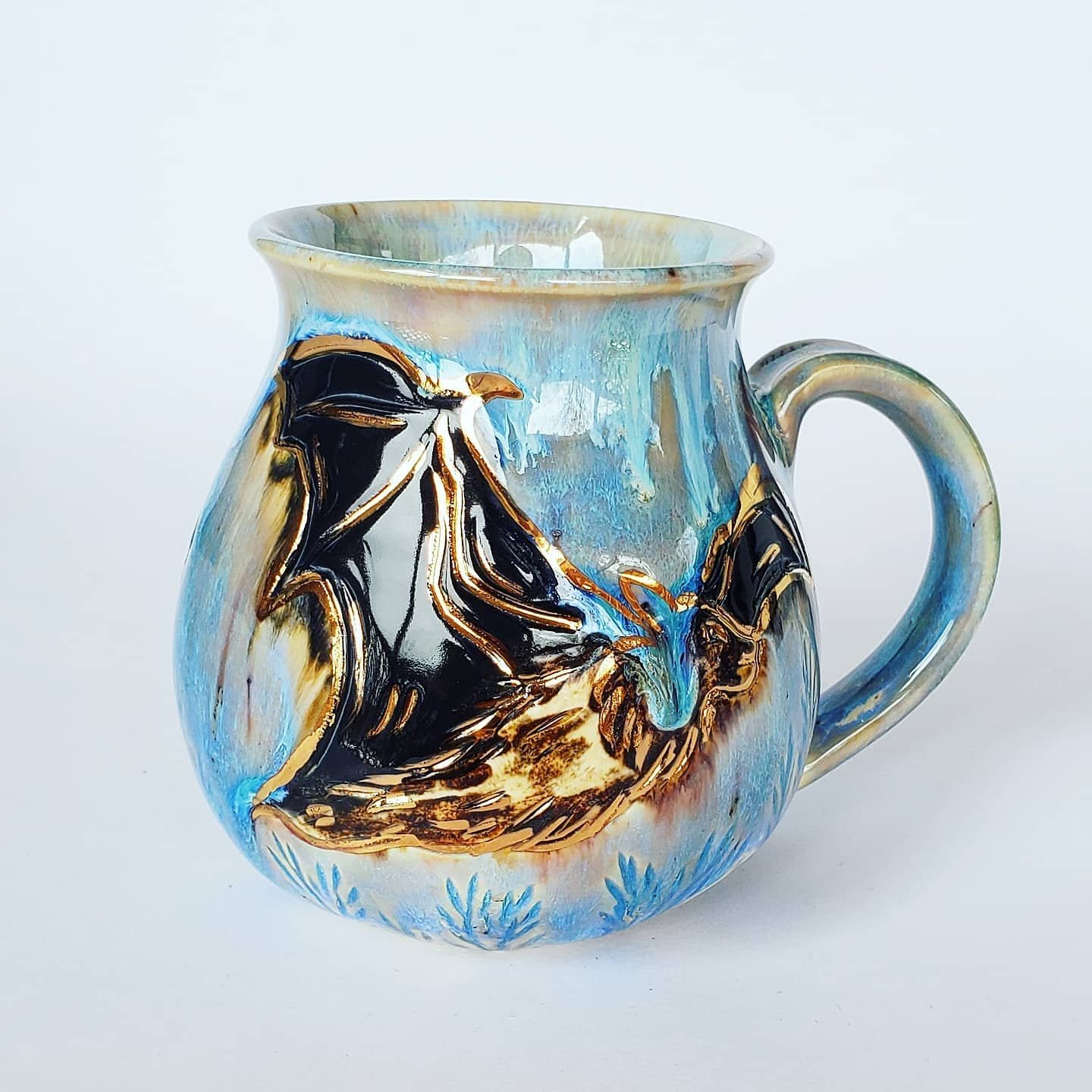


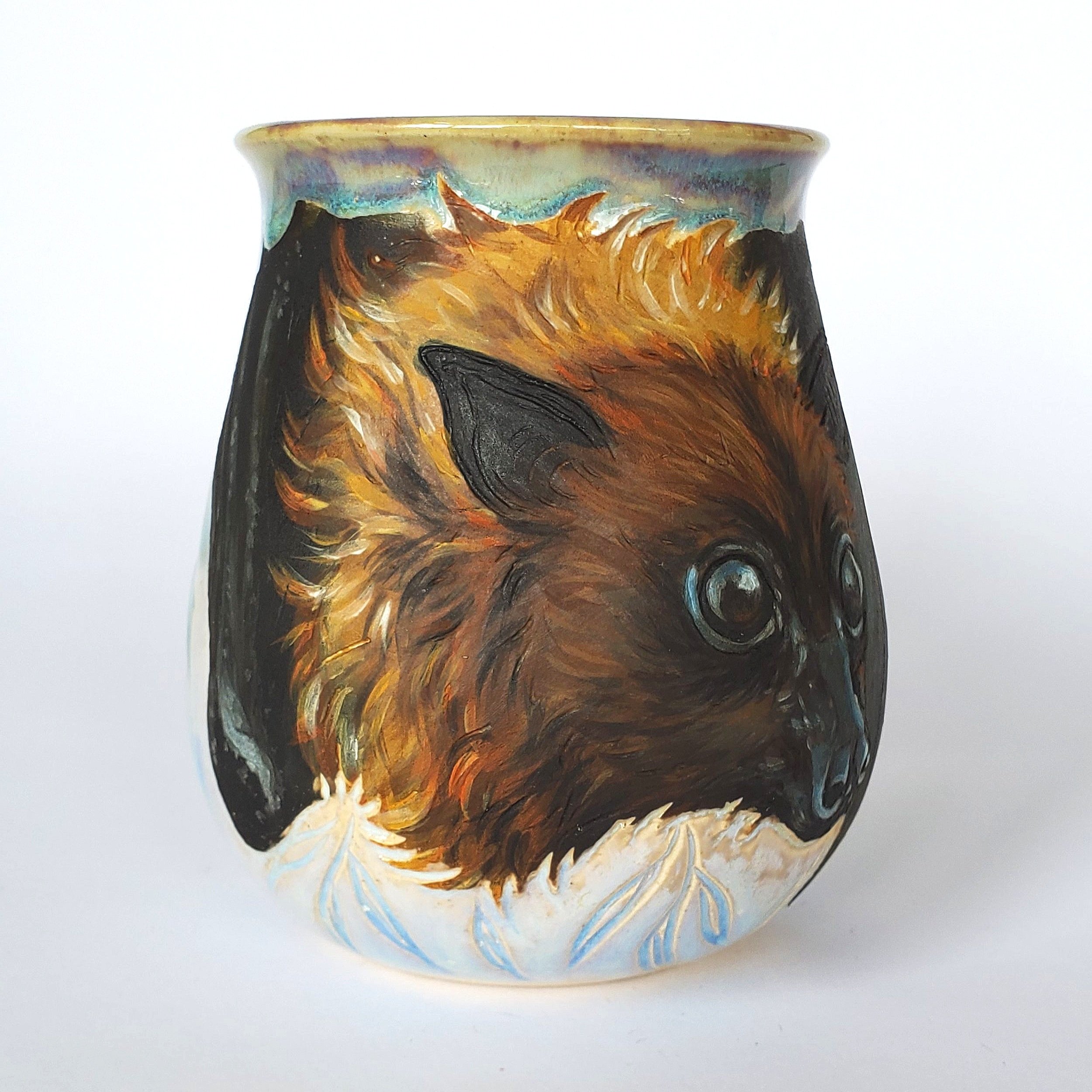

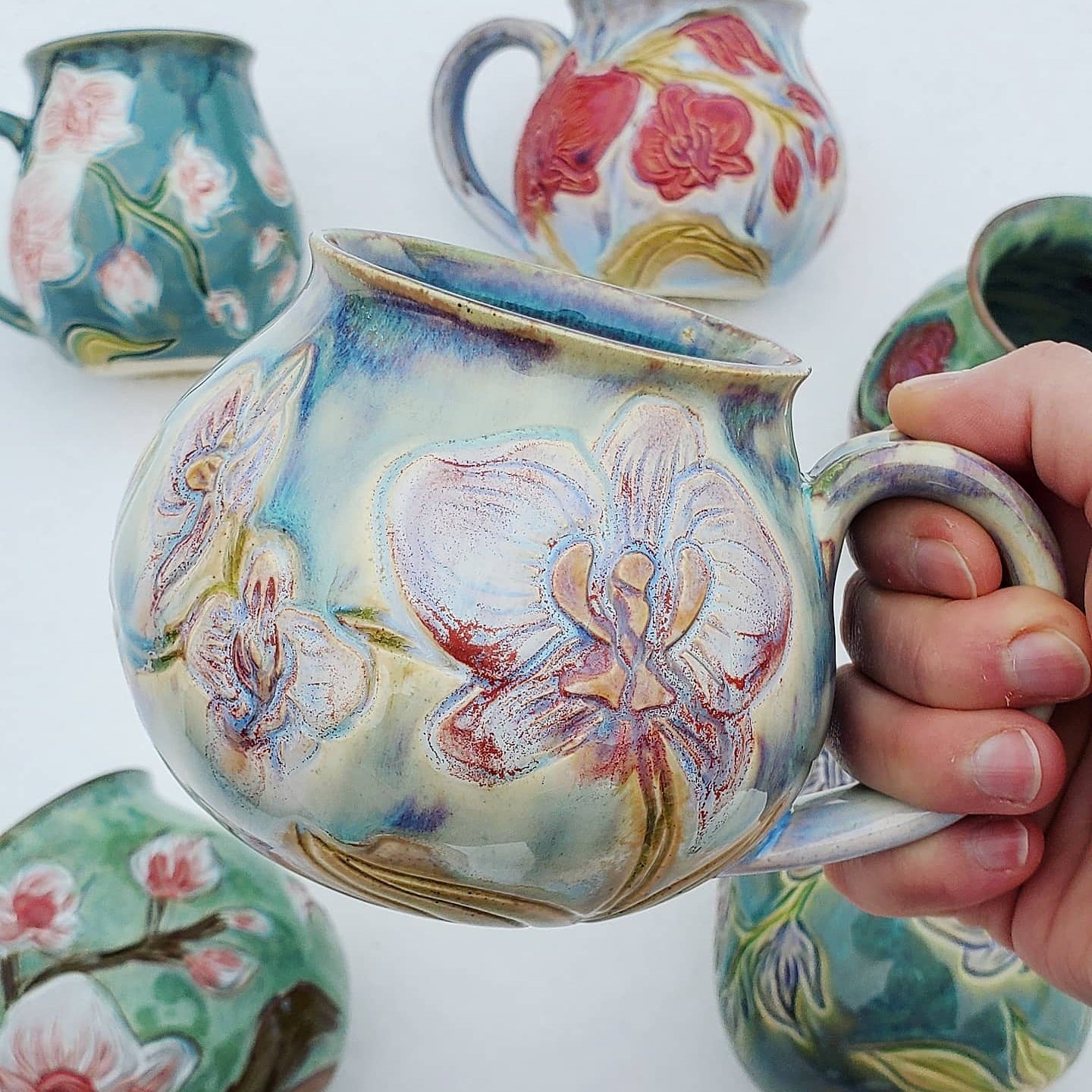
Fruit bat facts-
Fruit bats have great sense of smell which helps them find food and serves to help aviod dangerous situations.
Their large eyes give them excellent vision.
They conserve their body heat by wrapping themselves in their wings. When they are too hot they fan themselves with their wings.
Bats are the only flying mammal in the world.
They will fly up to 36 miles to find food.
Fruit bats won’t mate if they are struggling to find food. When they do mate they hang upside down. The female will lock her feet to her mate’s ankles to steady themelves together. The male’s penis can be 1/4 the length of their body. This is to ensure it doesn’t slip out while mating.
Fruit bats only give birth to one baby a season. The baby will cling to their mother for 6 months.
If a bat accidentally falls in water they can swim to safety!
Fruit bats live in colonies called camps. Their camps are important to them. They will return to their original camp many times throughout their lives as if to visit loved ones. Mother bats will return to their first camo to raise their young.
A fruit bat can grow to have a wingspan of 5.25 feet! That’s how tall I am!
Fruit bats are endangered species due to habitat loss, hunted for bush meat, and killed by fruit farmers.
Fruit farmers claim that fruit bat culls are nessicary to protect their crops. Thousands of bats are killed on plantations. When the bat population was seeing signifcant decrease, farmers put up nets instead of shooting the bats. Unfortunately, bats are still hurt by getting stuck in the nets. Some even die from exhaustion.
All bats pollinate plants and scatter seeds making them a ecological keystone to ensure environments thrive!
